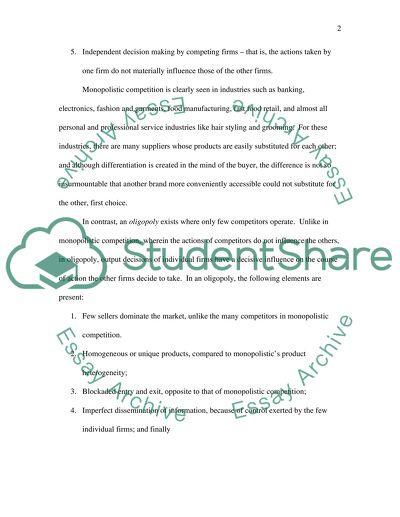Cite this document
(“The UK Economy and International Trade Essay Example | Topics and Well Written Essays - 2000 words - 12”, n.d.)
The UK Economy and International Trade Essay Example | Topics and Well Written Essays - 2000 words - 12. Retrieved from https://studentshare.org/macro-microeconomics/1554584-essay
The UK Economy and International Trade Essay Example | Topics and Well Written Essays - 2000 words - 12. Retrieved from https://studentshare.org/macro-microeconomics/1554584-essay
(The UK Economy and International Trade Essay Example | Topics and Well Written Essays - 2000 Words - 12)
The UK Economy and International Trade Essay Example | Topics and Well Written Essays - 2000 Words - 12. https://studentshare.org/macro-microeconomics/1554584-essay.
The UK Economy and International Trade Essay Example | Topics and Well Written Essays - 2000 Words - 12. https://studentshare.org/macro-microeconomics/1554584-essay.
“The UK Economy and International Trade Essay Example | Topics and Well Written Essays - 2000 Words - 12”, n.d. https://studentshare.org/macro-microeconomics/1554584-essay.


